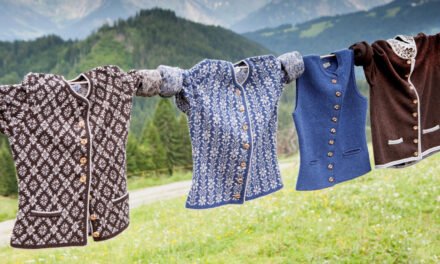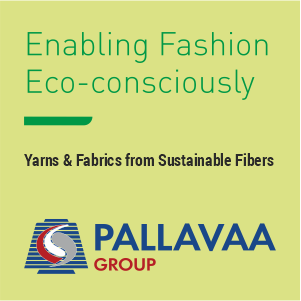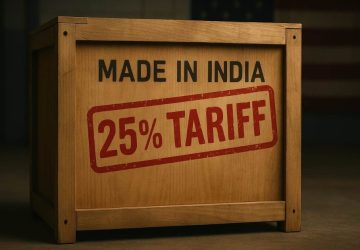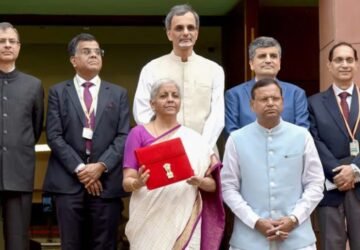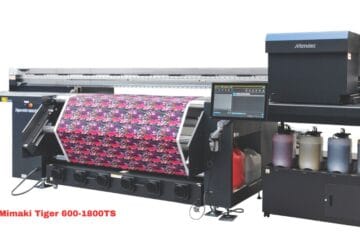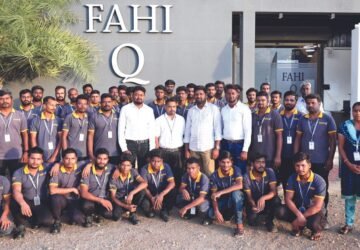He was speaking at the press conference on the closing ceremony of the project titled “Creating High-End Fashion with Local Heritage Materials of Bangladesh” in the capital on Wednesday. He also said that the training programs provided networking opportunities to the local weavers with the designers, academicians, and brands.
Jackets or other high-end products can be made from jamdani or locally produced heritage fabrics and its production and export will increase in the future.
“We have a website and we are mainly working on our heritage-related items like jamdani, khadi, muslin etc. Apart from this, we are displaying various heritage and motifs of our country that we are proud of like Royal Bengal Tiger, Water Lily and rickshaw paintings on the clothes,” he added.
Kuhu is currently working with some aspiring fashion designers from 10 different factories.
“Moreover, Anadil Johnson provided training on producing high-value items from local heritage fabrics,” he added. He also said that they think that some good results will come from here gradually. “We have taken a strategic vision to achieve $100 billion in apparel export by 2030. To pursue this vision and increase our share in the global market, we are working to make ourselves more advanced in terms of product and fabric diversification, product sophistication, new design development, value addition, and technological up-gradation,” he added.
Anadil Johnson, designer and founder of Neval said that they are working to unite three aspects – entrepreneurs, academicians, and industries. She said in this regard, the networking needs to be maintained well. “We collect jamdani fabric from weavers and produce high-value apparel items through this. We also work on Monipuri and other heritage fabrics. I ask the weavers to provide saree fabrics and I process it through our technology so that it can prevent waste,” she added. They produce special fabrics for the factories which can be used for making high-end products. “We are producing wedding and bridal clothes by mixing our silk and heritage fabrics. There is a significant market demand for bridal clothing worldwide, worth $62 billion industry annually, we are trying to grab a significant portion from this,” she added.
Moreover, she also said that they are also focusing on producing and exporting high-end lingerie, a premium luxury market segment in fashion through heritage fabrics.
Dr Ayub Nabi Khan, pro-vice-chancellor of the BUFT, said that his institute will continue to provide this type of training. “We have to work with innovation through the heritage fabrics. We’ve collaborated with 23 universities and we have to work on recycling, technical textile and other sustainable aspects,” he added.
According to the BGMEA, under this project, they have provided training to a total of 160 participants in eight batches.
Among the participants, 75 were from the RMG factories, 20 were from BUFT, 17 were from BUTEX, six were from the Shanto-Mariam University of Creative Technology, 15 were from BKMEA, five were from AFDB and 19 were from local weavers.
 The Bangladesh Garment Manufacturers and Exporters Association (BGMEA) is focusing on developing high-value fashionable garments using locally produced heritage fabrics and linking them to the export market, said its President Faruque Hassan. He also said that it will create opportunities for the sector with respect to diversification. “We now have local design studios. Among the 160 people who took the training are local handlooms and one of the biggest takeaways from this training is networking,” he added.
The Bangladesh Garment Manufacturers and Exporters Association (BGMEA) is focusing on developing high-value fashionable garments using locally produced heritage fabrics and linking them to the export market, said its President Faruque Hassan. He also said that it will create opportunities for the sector with respect to diversification. “We now have local design studios. Among the 160 people who took the training are local handlooms and one of the biggest takeaways from this training is networking,” he added.


